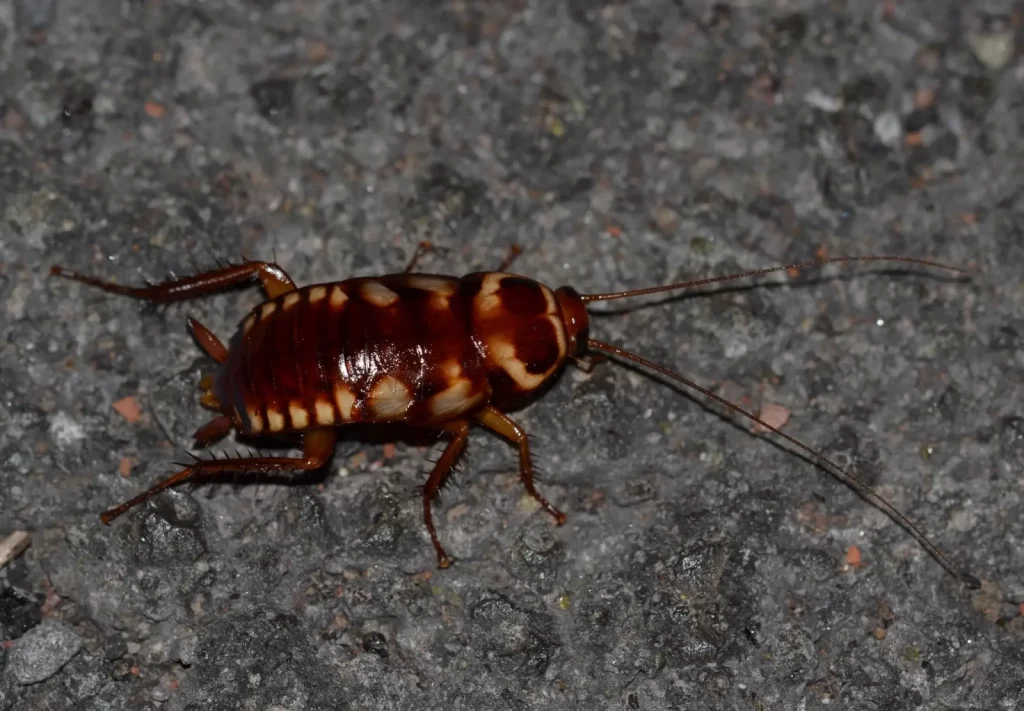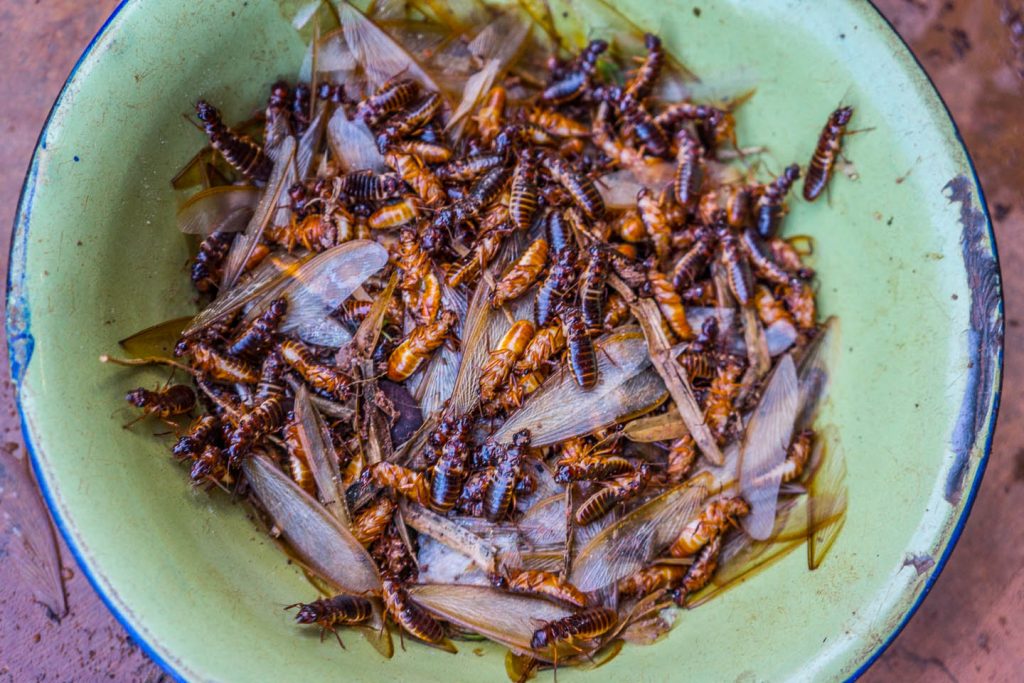Cockroaches are often unwelcome visitors to our homes, but their sudden appearance can leave us puzzled. While they may seem like nothing more than pests, cockroaches actually play an important role in the environment. Understanding their appearance and purpose can help us better manage infestations and appreciate their ecological significance.
Key Takeaways



- Cockroaches appear due to food, water, and shelter
- Cockroaches exist to recycle nutrients
- Their purpose is to serve as decomposers
- Cockroaches contribute to the environment
- Prevent cockroach infestations with cleanliness

Why Do Cockroaches Suddenly Appear?
Cockroaches are highly adaptable insects, which means they can thrive in various environments. But why do they seem to show up out of nowhere? One common reason is the availability of food, water, and shelter. Cockroaches are scavengers, so they’re naturally drawn to areas where they can easily access these essentials. Some reasons for their sudden appearance include:- Food left out: Cockroaches can detect even the smallest crumbs or food residues.
- Moisture: Leaky pipes, standing water, or damp areas provide the moisture cockroaches need to survive.
- Shelter: Cluttered spaces, dark corners, and small cracks or crevices offer safe hiding spots.
Why Do Cockroaches Exist?
It’s natural to wonder why cockroaches exist, especially when they seem to cause more problems than benefits for humans. However, cockroaches are an essential part of many ecosystems. Their ability to break down organic matter helps in nutrient cycling, a process vital for the health of soil and plant life. Cockroaches feed on decaying organic material, including dead plants, animals, and waste, and convert it into forms that can be absorbed by the environment. Additionally, cockroaches serve as food for a variety of animals, including birds, lizards, frogs, and small mammals. Without cockroaches, many predators would struggle to find sustenance, potentially disrupting the food chain. Here are some common places where you can spot cockroaches in your home:- Kitchens: Near food sources, especially under sinks, behind appliances, and inside cabinets.
- Bathrooms: In areas with moisture, like under sinks, around pipes, and in bathtubs or showers.
- Basements and crawl spaces: Dark, damp environments with clutter or standing water.
- Garbage areas: Around trash cans, compost bins, and recycling bins where food scraps are present.
- Cracks and crevices: Small openings in walls, floors, and around windows and doors provide hiding spots.
- Appliance motor areas: Behind or inside warm appliances like refrigerators, dishwashers, and ovens.
- Storage areas: In cardboard boxes, paper piles, or other cluttered storage spaces.

Cockroach Behavior
Cockroaches are nocturnal insects, meaning they are most active at night when they search for food, water, and shelter. They are highly adaptable, able to survive in various environments, and can go for long periods without food, though they need regular access to water. Cockroaches are also social insects, often living in groups, and communicate through chemical signals. When threatened, they hide in dark, tight spaces, making them hard to detect during the day. Their resilience and ability to reproduce quickly make them challenging to control once they infest a home.What is the Purpose of Cockroaches?
The primary purpose of cockroaches in nature is decomposition. As mentioned, they are scavengers that feed on decaying organic matter, helping to break it down and recycle nutrients back into the ecosystem. This process not only enriches the soil but also supports plant growth and sustains ecosystems. In this sense, cockroaches are nature’s clean-up crew. Some specific roles of cockroaches include:- Decomposing organic waste: Cockroaches help break down plant debris, animal carcasses, and other organic materials, contributing to soil health.
- Supporting food chains: Many animals, especially in tropical and subtropical regions, rely on cockroaches as a food source.
- Pollination: While less common, some species of cockroaches contribute to pollination by transferring pollen as they move between plants.

What Do Cockroaches Do for the Environment?
Cockroaches are not just pests; they perform several vital functions that benefit the environment. Here’s a closer look at their contributions: 1. Nutrient Recycling Cockroaches are expert recyclers of organic material. By consuming decaying matter, they break it down into nutrients that can be absorbed by plants and other organisms. This recycling process is critical for maintaining the balance of ecosystems, especially in forests and urban areas where waste accumulation could otherwise become problematic. 2. Soil Health As cockroaches digest organic materials, they produce waste that enriches the soil. This natural composting process helps plants grow by providing them with essential nutrients. Healthy soil is crucial for agriculture, forests, and natural habitats, and cockroaches play a small but important role in maintaining it. 3. Food Source for Predators Many animals rely on cockroaches as a food source. Cockroaches are an important part of the food web, supporting a diverse range of predators, including birds, reptiles, and amphibians. Many of these species would struggle to survive without cockroaches, leading to potential imbalances in ecosystems. 4. Pollination (in Some Species) Although not as significant as bees or butterflies, some species of cockroaches contribute to pollination. As they move from one plant to another, they can transfer pollen, aiding in the reproduction of certain plants. While this is a lesser-known role, it highlights the cockroach’s diverse contributions to the environment.Practical Tips to Prevent Cockroach Infestations
Although cockroaches serve an essential role in nature, they are less welcome in our homes. Here are a few methods:- Keep your home clean: Regularly sweep, mop, and wipe down surfaces to remove food debris.
- Seal cracks and holes: Cockroaches can enter through tiny openings in walls, floors, and windows.
- Fix leaks: Eliminate sources of moisture by repairing leaky faucets, pipes, or drains.
- Store food properly: Keep all your food in sealed containers.
- Remove clutter: Clear out piles of paper, cardboard, and other materials that provide shelter for cockroaches.




